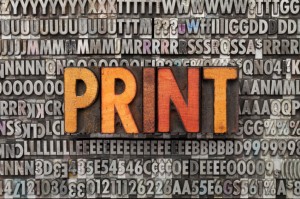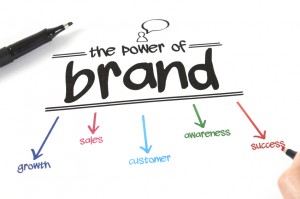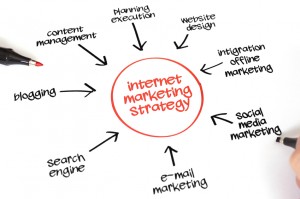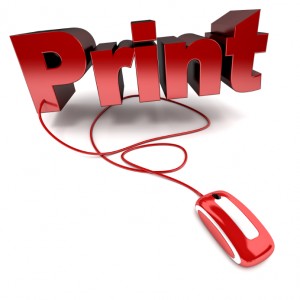I’m a big advocate of print as part of your marketing strategy, I  believe it’s a great way to engage with your customers in the first instance and a great place to start their buying journey.
believe it’s a great way to engage with your customers in the first instance and a great place to start their buying journey.
When it comes to marketing material, print arouses the senses notably sight and touch unlike its digital counterpart, print gives customers something physical to hold, to browse through and is easier to refer back to when needed.
The print industry embraced the digital world back in the early 90’s.
Think digital printing – short run in any number of variations and types, highly personalised and customised.
 Print was the leader in optimising personalisation and customisation in the online world.
Print was the leader in optimising personalisation and customisation in the online world.
Where do you think the big brands got their ideas to drive customer engagement with personalized messages and customised landing pages?
Print of course!
Does print management still fit into our social media and digital world?
I believe it does.
In the past, companies had no idea what their print spend was, senior executives had no idea about the number of print devices in use, the cost of paper and supplies, let alone the cost of the overall print bill, excluding corporate stationery and items.
Times have changed and although social media marketing has in some respects taken the lead, print is now one very important part of the content marketing process.
Print marketing has benefited from changes in our industry making it more cost effective for organisations to send out highly personalised marketing information and then following this up with social media campaigns so the customer can follow the brand, company or purchase.
Some may think that print management is finished and that print based marketing is no longer needed in an ever changing social and digital world.
But they are wrong. Think business cards, leaflets, brochures, packaging, posters and invitations.
With the rise of cross media marketing which includes but is not limited to variable data print, personalised URLs (PURL), podcasts/webinars, email and social media, physical print marketing plays an active role.
For example variable data print which includes direct mail, posters, brochures and giveaways – anything that can be printed with the customer’s name, company or a content specific message.
In my last post I talked about how to add value to your print through the use of AR and QR codes.
Similarly adding a PURL enables you to capture a prospect at the point of interest.
 Optimising a personalised web address means that you now have a way of measuring their interest and the technology to evaluate where they are in the buying journey using analytics which can report the landing pages they have arrived at.
Optimising a personalised web address means that you now have a way of measuring their interest and the technology to evaluate where they are in the buying journey using analytics which can report the landing pages they have arrived at.
Cross media communications are designed to move the prospect across the different media using “calls to action” with each touch point teasing the buyer to take further action and move onto the next platform.
Where does print management fit in?
Simple. Print management companies are experts in the total management of a company’s print marketing requirements – marketing print, financial print and more.
Print management means accessibility to the latest innovations not just in print but in design, new technologies like AR that can all add value to your marketing initiatives.
Being able to work with an outsourcing partner that can manage and integrate the various channels of communication makes it a very effective way of maximising business efficiencies and savings.
 The marketing officer gains expertise, consultation, access to a variety of multi-channel distribution networks, brand consistency and major cost benefits
The marketing officer gains expertise, consultation, access to a variety of multi-channel distribution networks, brand consistency and major cost benefits












 Organisations are realising that having a broader overview of their business processes helps them focus on making improvements from content and document creation to how the message is delivered to its audience.
Organisations are realising that having a broader overview of their business processes helps them focus on making improvements from content and document creation to how the message is delivered to its audience.

 The last five years have seen an unprecedented rise in electronic and social media.
The last five years have seen an unprecedented rise in electronic and social media.





